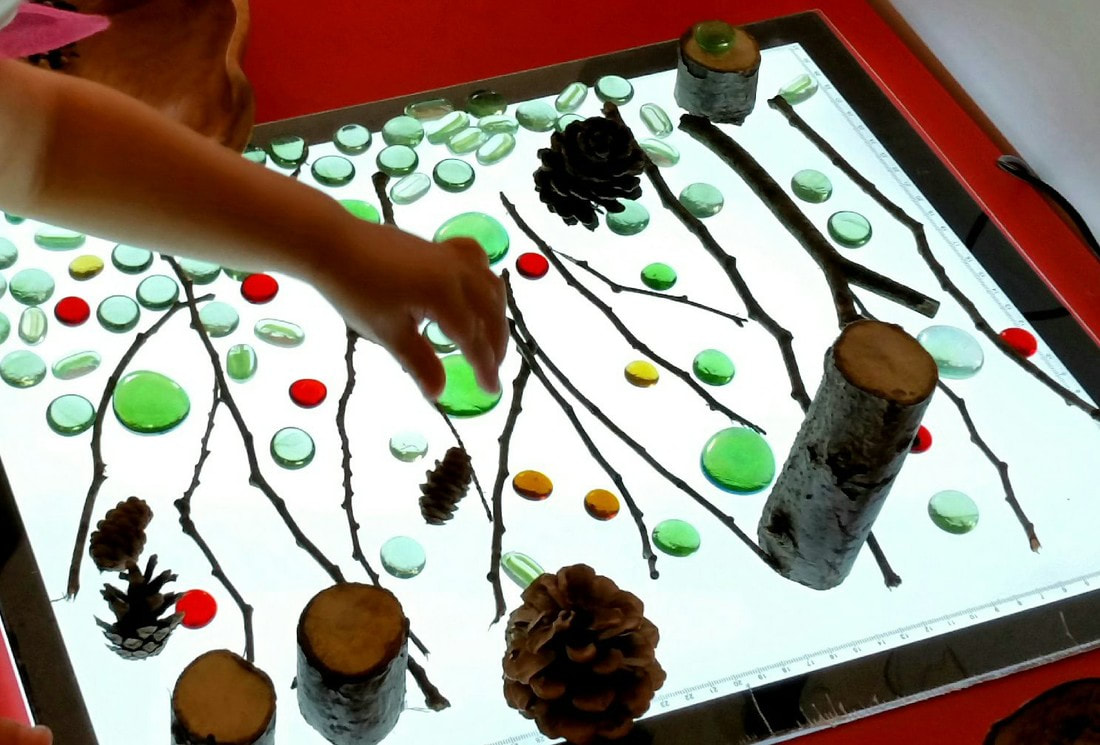

If you somewhat underexpose your film that older style model with 4x5 inch lit area will be better punching through that densitiy. But for physically viewing a whole film roll of slides it is basically not perceivable. I don't use it as a backlight for digitisation for that reason. I'd like it to be a bit brighter than it is, and the lights are at the top so there is a slight drop off towards the bottom. Don't know how 6x9 is cut, so won't comment.Īs I said in my previous post. I don't use other 120 formats, but I'm sure 6.7 will be fine. Also an entire 120 film with 6圆 slides, three per strip. I'm talking about unmounted film strips of six frames each. This one is great for having an entire 135 film with a few more than 36 frames on it. But the SKU of 202454 matches the label on mine (2454). If you look at Kaisers US website you'll find is as the 10.5"x15.5" model. The lit area is 9 in by just over 12.5 in. I just had a look at mine and it sais 5000K. As fs999 said, the Kaiser one is specified to be at 5000K. It's running on AAA batteries, while the newer ones have a build in Li-Ion battery. Mine is just big enough to fully iluminate a 4x5 sheet and has a non glossy surface.

When I digitise they come out of the sleeve and are quite dustfree.īut for camera digitisation I use a previous generation Kaiser pad. My E6 lab puts the film in endless sleeves and cuts it into strips of six (135) or three (120 6圆). It is great, though, to look at a whole roll of slide film at once and as such perfect for the OPs use case. I'm also not impressed with the brightness and the glossy surface finish is sensitive and a dust magnet. I also seem to have a slightly bad contact in the switch. Illumination is from one side only and shows a light gradient. Obviously a buyer can have it cosmetically customised, but in all likelihood it's the same inside. Looking at this Reflecta and some images I've seen elsewhere I believe this is an OEM design. Also, early Kodachrome was designed to be projected by using lower color temperature lamps than your light table, so they may look too cool and be slightly noisier than necessary, unless filtered light is used for exposure.I have a Kaiser Slimlite Plano, the medium size I think. That will improve noise levels, especially in the blue and parts of the green colors. If you also shoot negative film in addition to your slides, then I'd use differently filtered light to compensate for the mask colour. The light from the tubes themselves is diffused, so the backlight should be rather uniform over the area of a film frame.ĭo use a frame mask to avoid veiling glare in the lens, and also shade the front surface of the film from (strong) room light reflections. Shooting closeups, and of dense material, at low ISO, with an aperture that benefits the corners of the lens/image, should be possible with relatively stable exposure levels. If you use more than of half of that, say longer than 1/15th of a second, then the diffused exposure levels will begin to even out. The nearer your exposure time gets to the frequency of the power-grid in your area (50 / 60 Hz) the more trouble you can expect. Just use a longish shutter-speed if the particular light table exhibits variable emission levels with a short frequency. But the intensity of fluorescent tubes does vary, unless one uses some smart circuitry to reduce 'Fluorescent Tube Flicker', and/or the tubes use a slow decay type of fluorescent agents. The strobe effect is probably the interference between the power-grid frequency, and the LCD refresh frequency.


 0 kommentar(er)
0 kommentar(er)
